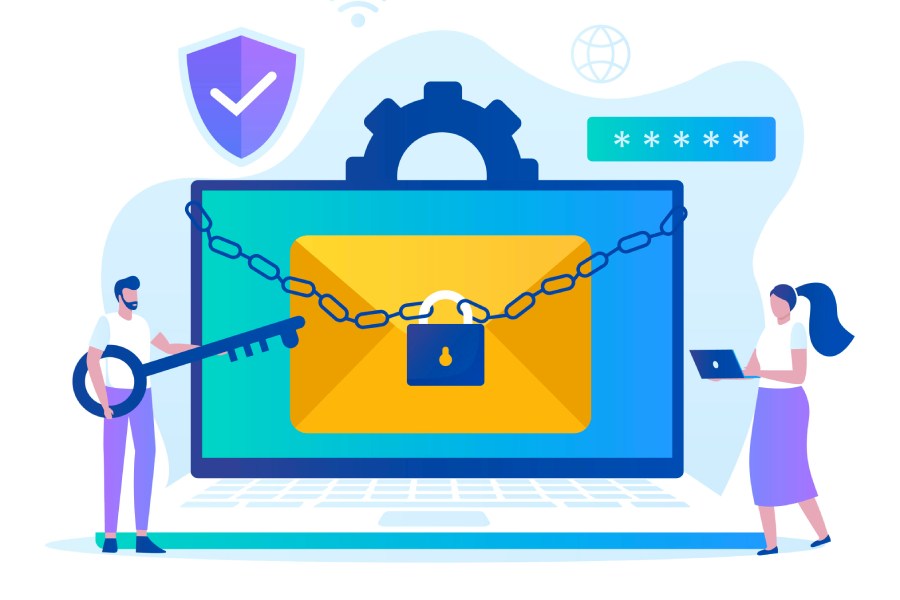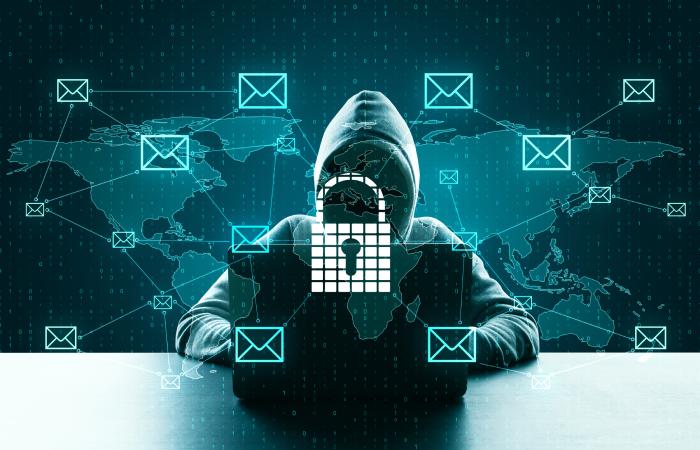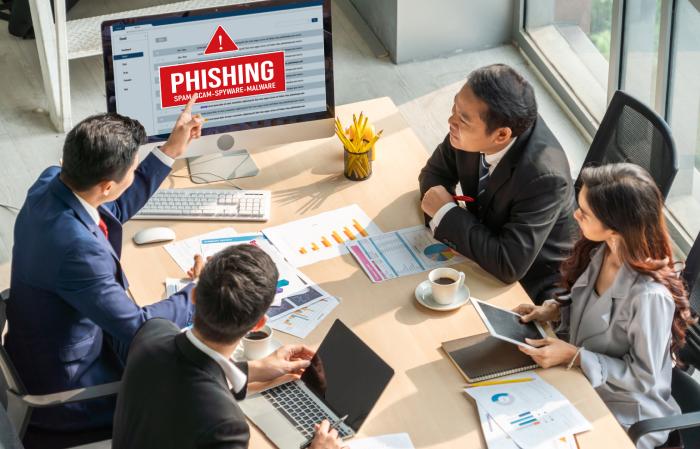Incidents of malware infection have been so regular that they are no more news to organizations worldwide. A single system infection is still within the control of the IT Security teams, but when it occurs at a significant scale, it can prove spine-breaking for the organization. Hence, there need to be contingency plans to counter it even before it comes to such a stage. Organizations must prepare a robust malware incident response plan and keep it ready for immediate implementation.
The above graph represents the annual number of malware attacks worldwide from 2015 to 2020. The pandemic may have caused an inevitable slowdown in the number of incidents. Still, it can also be attributed to the malware response systems that organizations have put in place.
Mitigating The Threat Through Incidence Response
Malware is malicious software that is inserted into the system by threat actors to steal information or disrupt the network, or both. In any event, the loss faced by the organization is phenomenal, along with severe reputational damage and, in most likelihood, legal consequences. Hence, organizations must implement adequate processes to mitigate the threats posed by malware. The following are the steps that they must take for developing a robust incident response plan.
Step 1: Understanding And Identifying The Threats
Threats can be both internal and external. Organizations can mitigate most external threats through email security since many malware incidents trigger through emails. Organizations need to invest in anti-phishing services and ransomware protection and ensure robust email security measures are in place.
Analyzing the type of threat that the organization will face is part of the overall mitigation process. Each industry has its own set of cyber threats, and that has to be looked into and studied. Threat modeling is a necessary step towards creating a viable response system. The IT Security teams must venture out of the comfortable zone of regulations and look for means to develop defenses against sophisticated attacks on organizational resources. Spear phishing attacks are rampant, and an effective means for phishing protection has to be established through thorough studies. Organizations can bank on several third-party providers that offer email hosting and email archiving, along with requisite security to emails.
Step 2: Documentation And Standardization Of Response Plans
A response plan needs to be well documented and shared with all the necessary authorities responsible for the organization’s defense of cyber systems. The method must be standardized and consistent. A study revealed that only 25% of all the organizations surveyed had a cyber-security incident response plan (CSIRP). The rest were either devoid of any knowledge or only took a cursory interest in it. It has led to the belief that most incident response is slow off the mark since most organizations cannot manage it. They don’t have adequate plans concerning MX Backup, spear phishing, and securing outbound SMTP.
Documenting and standardization of an incident response mechanism is time-consuming and requires focus and resources.
Organizations will have to invest consistently to create such protective barriers if they want to prevent a catastrophic event.
Step 3: Testing The System
Merely creating the system is not the end of the task. Threat perceptions change, and so do their methods. The rapid changes in technology have led to the ever-increasing sophistication of malware attacks. The incident response put in place has to be tested continuously to make it robust and fail-proof. One can only achieve improvement to the overall security wall when teams in charge can identify the gaps. They can then fill the gaps with additional firewalls and protocols.
Step 4: Sharing Of Information
The IT Industry and its affiliate domains do not work in silos. They share information and threats that are always around the corner. The Threat Intelligence sector is a rising industry and has got to do with such circumstances. Organizations, especially those who have faced such an incident already, will always share their experience with others in the same industry to strengthen their collective response. It is a necessity since malicious actors collaborate to penetrate networks and systems, too.
Leveraging the intelligence gathered about the threats will help organizations prepare for the worst.
It will also lead to more insight on how to build defenses and improve simulations. The entire paraphernalia concerning malware incident response will have to be changed as per the threats faced. It is a dynamic environment, and the more flexible the organizations, the better their chances of survival.
Step 5: Removing Unwanted Bureaucracy From Threat Response
Every threat response will have to be documented and analyzed. It will have the answer to future responses. Removal of the unwanted process is key to a quick resolution. Most organizations are guilty of creating useless steps that slow down the entire process of documentation. Newer threats emanating may require a different approach and will need to be dealt with accordingly. Ad hoc processes used for investigations may not be of much help. Automating the entire investigation process and archiving threat response analysis are valuable methods to remove redundancies and repetitive tasks. Most large organizations have implemented a system of automating the whole threat response and incident management system. It is not only a faster methodology but also requires lesser resources.
Step 6: Spreading Awareness & Proper Training of Employees
One of the essential protection methods against threats emanating from the cyber world is training the staff. There needs to be streamlining between people and technology across the board.
A majority of phishing attempts happen through plain-looking emails and unverified links.
Organizations will have to invest time and resources to spread awareness amongst their staff about the latest threats to identify them in time. It is pertinent to remember that the employees of any organization are both their strengths and weaknesses. Continual staff training is inevitable in these times of increased activity in the cyber world as malicious actors make every possible attempt to steal critical data assets and disrupt operations at every moment. Timely upgrading infrastructure and processes, implementing adequate technical safeguards, hiring specialized human resources, integrating HR automation platforms such as Bambee, and training staff is essential for every organization to maintain an efficient incident response plan.
Final Words
While most organizations are yet to implement appropriate mechanisms to counter cyber threats, those with such safeguards in place already also need to keep improving. A robust malware incident response plan is the need of the hour if organizations are serious about keeping their data safe, networks secure, and have business continuity in case of an incident. Timely upgrading infrastructure and processes, implementing adequate technical safeguards, hiring specialized human resources, and training staff is essential for every organization to maintain an efficient incident response plan.


